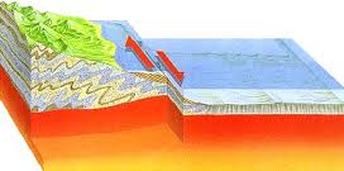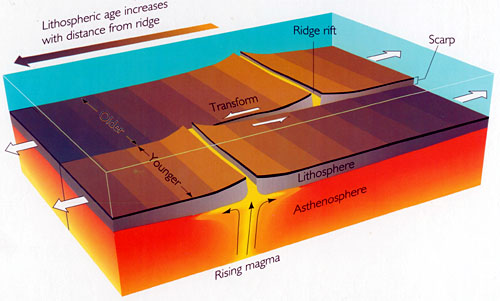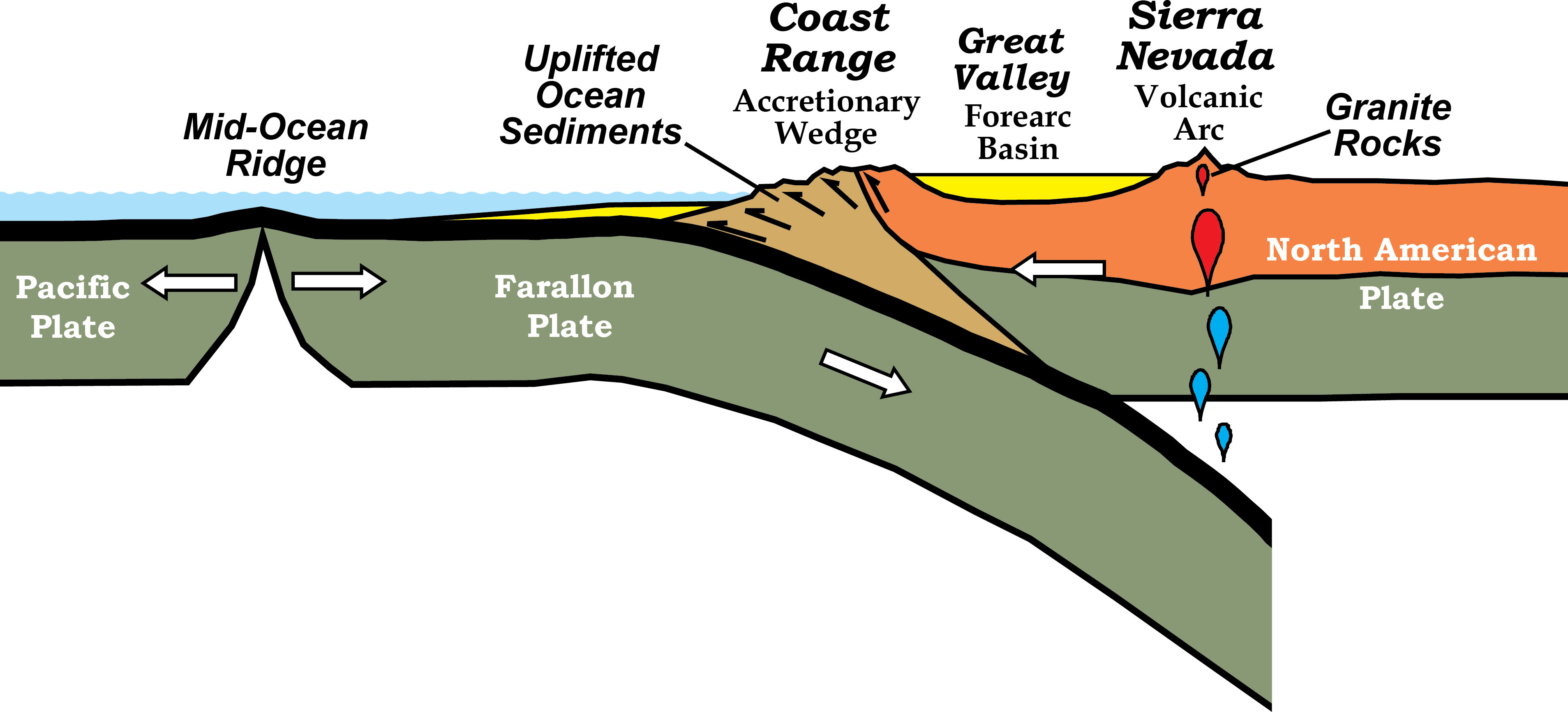

Thus, a plate boundary of any one type must extend between two. These boundaries are characterized by shallow earthquakes. *”Physical Geology” by Steven Earle used under a CC-BY 4.0 international license. Wilson called the terminations where a feature is transformed into another one transforms. Transform boundaries form where two plates slide past each other. west coast (Steven Earle, “Physical Geology”).Īs we will see in the next section, earthquakes are common along transform faults, as the two plates slide past each other. For example, the Queen Charlotte Fault connects the north end of the Juan de Fuca Ridge, starting at the north end of Vancouver Island, to the Aleutian subduction zone.įigure 4.7.1 Transform faults along the U.S. Transform faults do not just connect divergent boundaries. The part of California west of the San Andreas Fault and all of Baja California are on the Pacific Plate. An example is the San Andreas Fault, which connects the southern end of the Juan de Fuca Ridge with the northern end of the East Pacific Rise (ridge) in the Gulf of California (Figure 4.7.1). Some transform faults connect continental parts of plates. As explained in section 4.5, most transform faults connect segments of mid-ocean ridges and are thus ocean-ocean plate boundaries. Transform boundaries exist where one plate slides past another without production or destruction of crustal material. Plate Boundaries by Chris Merkert is licensed under CC BY 3.0.Modified from "Physical Geology" by Steven Earle* NASA Scientist Reveals Greenland's Geologic Past by NASA is in the public domain. Transform Plate Boundaries and Fracture Zones bridges the gap between the classic plate tectonic theory and new emerging ideas, offering an assessment of. Rather, two plates move against each other, building up tension, then releasing the tension in a. HayWired Scenario by USGS is in the public domain. Transform boundaries neither create nor consume crust. doi: Įarthquake Inside House Sound Effect (4K Subscribers Special) by Chander Prakash is licensed under CC BY 3.0. For more information, see Robert Stern, Warren Lieu, Asya Mantey, Andrew Ward, Todd Fechter, Eric Farrar, Sean McComber, Jeffrey Windler: A new animation of subduction zone processes developed for the undergraduate and community college audience. The San Andreas Fault is the edges of the. The most famous example of a transform boundary is the San Andreas Fault in California. (2017) are used in this video with permission from the author. This third type of plate boundary is called a transform boundary. The concept of transform boundaries was first narrated by Canadian geophysicist John Tuzo Wilson in 1965.

No two transform boundaries are geologically similar. A plate boundary ends abruptly when it connects to another boundary creating a transform boundary. California's San Andreas fault is a transform boundary. Many transform boundaries are found on the sea floor, where they connect segments of diverging mid-ocean ridges. At transform boundaries lithosphere is neither created nor destroyed. Cause Heat generated in Earth's core creates convection currents in Earth's Mantle causing lithospheric plates on Earth's surface to move past each other. A transform boundary is a fault along a plate boundary where the plates move horizontally. Plate Boundaries Transform boundaries are places where plates slide sideways past each other. Convergent (colliding) boundaries are shown as a black line with teeth, divergent (spreading) boundaries as solid red lines, and transform (sliding alongside) boundaries as solid black lines. Continental transforms are more complex than their short oceanic counterparts. Geological Survey map of tectonic plates show 21 of the major plates, as well as their movements and boundaries. Most transform boundaries consist of short faults on the seafloor occurring near mid-ocean ridges. Plate tectonics animation clips from Stern et al. At transform boundaries the crust of the lithosphere is neither created nor destroyed. What Happens at Transform Boundaries Seafloor Spreading. One of the most famous transform plate boundaries occurs at the San Andreas fault zone. Videography by: Vratislav Karas, Rob Parker, Harriet Ridley. Two plates sliding past each other forms a transform plate boundary.

Written and developed by: Rhian Meara, Rich Waller, Rob Parker, Harriet Ridley, Tony Escritt, Tim Parker. transform fault, in geology and oceanography, a type of fault in which two tectonic plates slide past one another. In this video, the Time for Geography team is in Iceland with tour guide Tony Escritt from Trex - Travel Experiences and tectonics expert Dr Rhian Meara to learn more about conservative plate boundaries and why they produce large earthquakes. Southwest Iceland experiences earthquakes because it's located right on top of a conservative-or transform-plate boundary, where two tectonic plate move past each other side by side.


 0 kommentar(er)
0 kommentar(er)
